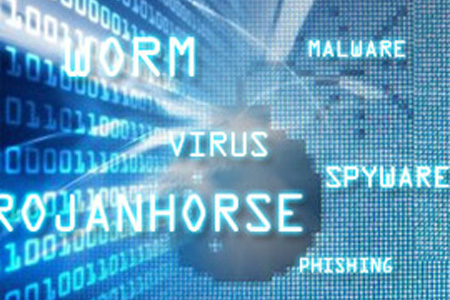 A Russian hacking group probably working for the government has been exploiting a previously unknown flaw in Microsoft’s Windows operating system to spy on NATO, the Ukrainian government, a U.S. university researcher and other national security targets , according to a new report.
A Russian hacking group probably working for the government has been exploiting a previously unknown flaw in Microsoft’s Windows operating system to spy on NATO, the Ukrainian government, a U.S. university researcher and other national security targets , according to a new report.
The group has been active since at least 2009, according to research by iSight Partners, a cybersecurity firm. Its targets in the recent campaign also included a Polish energy firm, a Western European government agency and a French telecommunications firm.
“This is consistent with espionage activity,” said iSight Senior Director Stephen Ward. “All indicators from a targeting and lures perspective would indicate espionage with Russian national interests. . . .”
“It’s possible they’ve become more active in response to the Ukrainian situation,” said a former intelligence official. “And when you become more active, you increase your likelihood of getting caught. . . .”
The Ukrainian government was targeted in late August, in the lead-up to the NATO summit in Wales, where member states discussed Russia’s actions in Ukraine. Using a technique called spearphishing, SandWorm sent e-mails to targets that appeared to come from legitimate sources but included attachments that, when opened, enabled the hackers to gain access to their computers, Ward said. . . .
ISight technical analyst Drew Robinson said the firm attributed the campaign to Russia partly because of the targets and partly because the command server, located in Germany, had not been properly secured. The server was inadvertently exposing Russian-language computer files that had been uploaded by the hackers.
“They could have closed it off, and they didn’t,” he said of the server. “It was poor operational security.”
Image: NATO and the Ukrainian government were targetted by Russian hackers (graphic: NATO)
